Arizona Monsoon Season: What It Is and How to Safely Prepare
The Arizona Monsoon Season is generally looked forward to in Arizona. If you just think of a “Monsoon” – you might have an idea of what it means. Maybe from films & photos of relentless rain coming down in the south Pacific.

Countries like India, Bangladesh, Vietnam, etc. Mostly those influenced by winds over the Indian Ocean. Which at certain times of the year precipitates continuous clouds & rain, causing flooding.
Well… meet the Monsoon season in Arizona and the Southwest!
Table of Contents
Monsoon Season In Arizona
The weather can be intense! Action-packed storms include vivid lightning shows and thunder from all directions. Rain is so forceful, it can feel like a tempest!
Personally, we love this time of year! We love watching thunderstorms while sheltered under our back patio roof. Lightning bolts give an amazing light show. Entire storms can be eye-popping.
Since Monsoon thunderstorms can be recurrent throughout the afternoon, you’ll see the sun peeking through. Wonderful color variations form in clouds. Ideal circumstances for a rainbow! Sometimes even doubling! A splendid sight!
Shades of gray, darkest blue, and purple, against the vibrant blue sky peeking through! Shards of sunlight gleaming through slits in clouds. Rain pouring down over there. Again way over there, then on top of you!
What a wonderful Weather Experience. Have your camera ready!
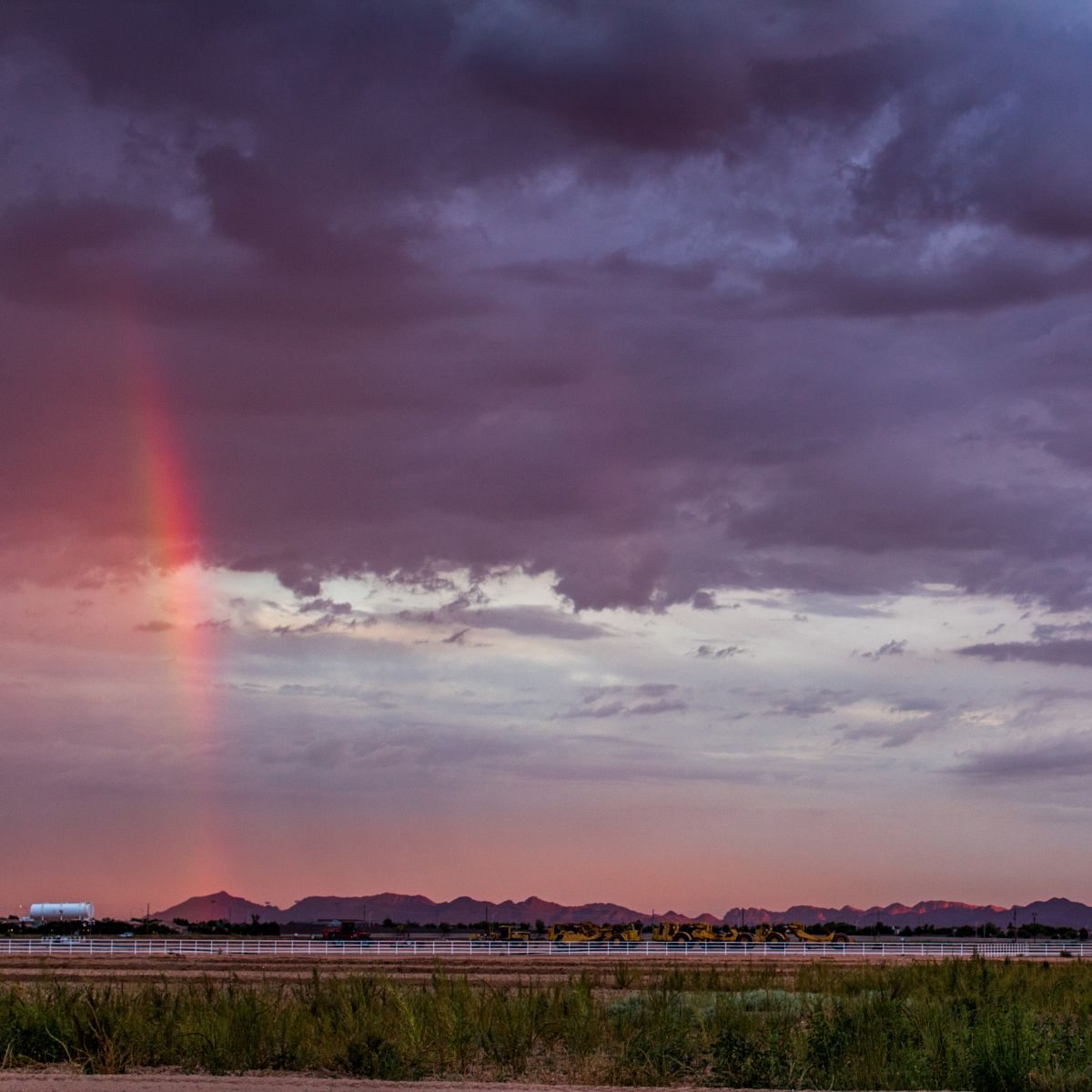
During the Arizona Monsoon Season, there aren’t storms every day. Some areas get more rain than others. Even within a town or city.
Yearly AZ rainfall averages under 14 inches (330.2mm). From the driest deserts getting little, to high mountain ranges with about 20 inches of precipitation.9 A good deal of this arrives during Arizona’s Monsoon.
Southern Arizona Monsoon Season
The Walnut Gulch Watershed area near Tombstone AZ, has been measuring Arizona Monsoon’s rainfall. They use 59 rain gauges. Watersheds gauges throughout the state also measure the affects of monsoon rainfall.
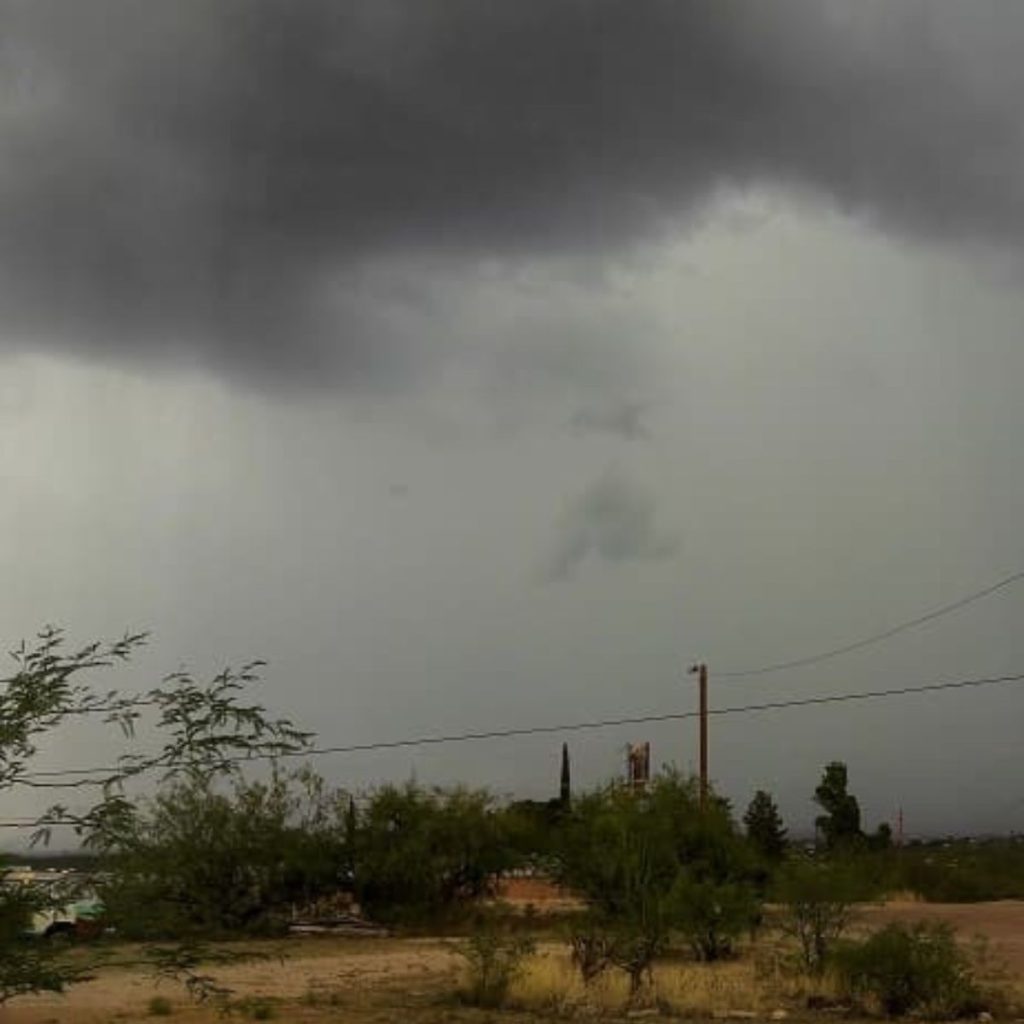
Tucson Arizona Monsoon Season Facts
Tucson’s monsoon rainfall statistics from 1895 to 2019 help us see trends. The poorest monsoon totals happened in 1924: only 1.59″ of rain. Highest monsoon rainfall year was 1964, with 13.84″.7
The average start date of Tucson’s Monsoon Season, from 1895-2019 is July 3rd. That’s also the date totaling most monsoon starts: nine.7
When does monsoon season start?
More Tucson Arizona Monsoon statistics, 1895-2019 show:7
- June 15-June 30:
- Average per-day monsoon starts: 1.63 times
- The monsoon began 26 times
- Compare July 1 to July 15:
- Average per-day monsoon starts: 2.73 times
- The monsoon began 45 times
- The earliest date the monsoon began: June 17 – The year 2000
- The latest date the monsoon began: July 25 – The year 1987
- The median date of the Arizona monsoon season that starts between June 15 and July 25 is July 3rd! Seems like a significant Arizona Monsoon beginning date, don’t you think?
Take a look at this Tucson Arizona monsoon footage captured on film. Quite amazing!
Monsoon Season in Phoenix Arizona
The Arizona Monsoon Season in the Phoenix area is variable. Stats from one weather station, 1896 through 2014 show divergent rainfall totals. Rainiest Monsoon: 1984. Least rain: 1924, only 0.35 inches!4
Northern Arizona Monsoon Season
Remember, Arizona areas generally experience the Monsoon Season differently.
The National Weather Service pointed out differences between two nearby towns: “during the 2013 monsoon season, Flagstaff recorded well above normal monsoon season total precipitation, while Prescott was almost two inches below normal.”3
Storms during Arizona’s monsoon season are affected by very local weather conditions.3
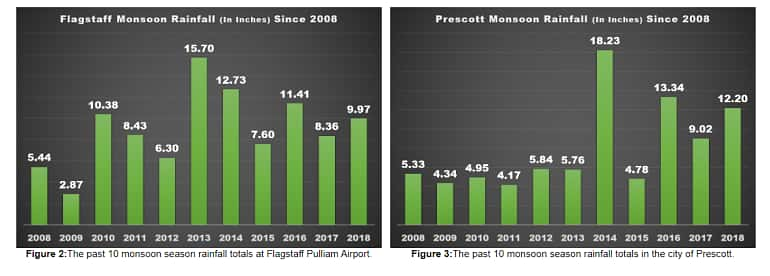
Monsoon rain is a relief for Arizona’s fire season. Spring is the forests’ driest season. Arizona’s forests are in higher elevations.
In June, fire danger is high.3 With monsoon season, plant life is yearning for the rains. Most people and ranchers are too!
When Is The Monsoon Season In Arizona?
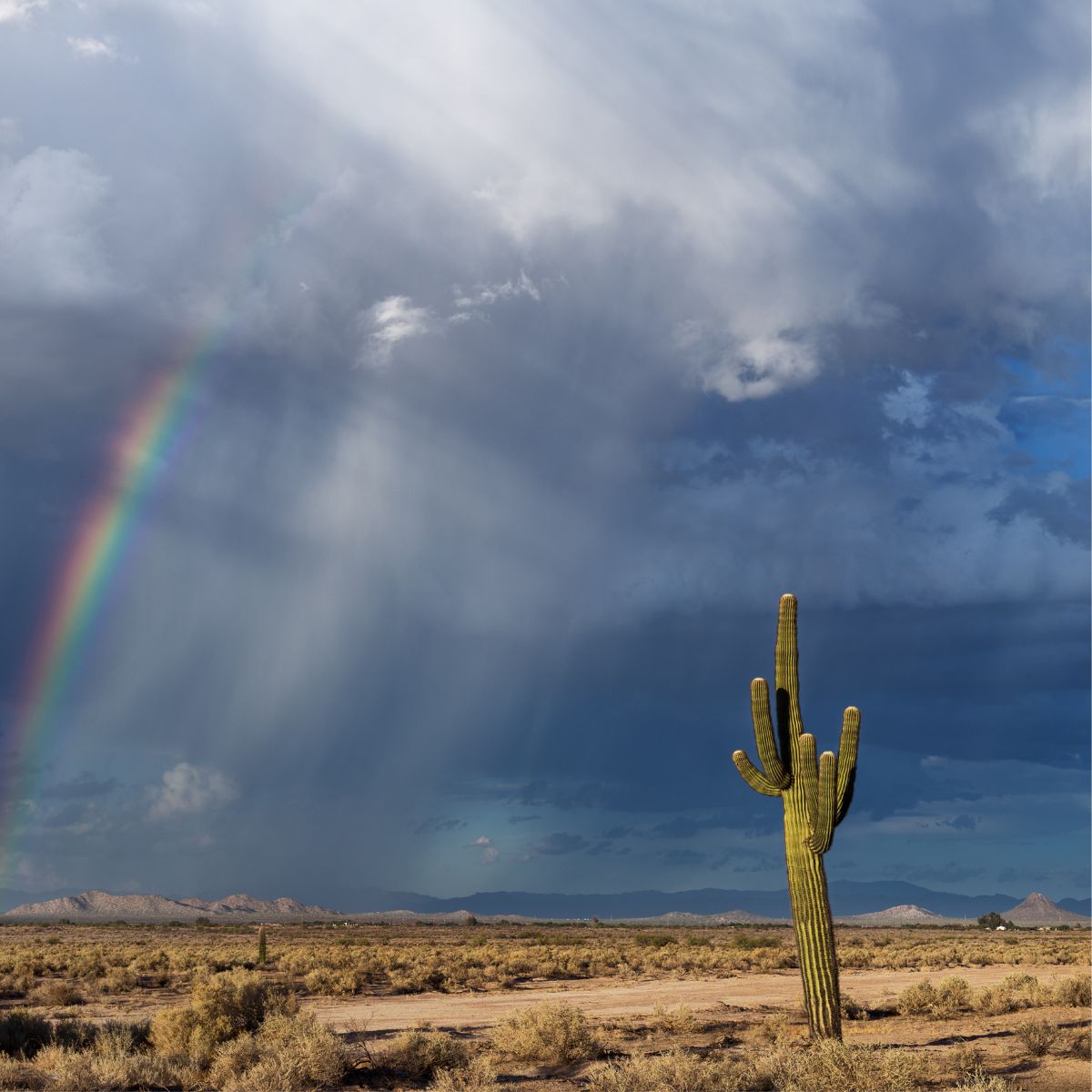
When does the monsoon season start in Arizona?
The National Weather Service stated the yearly Arizona Monsoon Season starts June 15 and ends September 30. They began those official dates starting 2008.3
Prior to that, they adhered to dewpoint criteria. A minimum dewpoint of 55 degrees three days in a row begins it. The Arizona Monsoon Season, with thunderstorm capability, had begun.
What is the dewpoint?
That’s the temperature where water that’s evaporated into the air (water vapor) begins to change into liquid water. Becoming dew droplets. You’ll see that on your cold drink glasses, on windows, plants, etc. It’s more accurate than humidity for that uncomfortable sticky feeling. Because it combines temperature with air moisture.1
Really, though, (from our own experience, and every other Arizonan we know!) the monsoon begins most often, and traditionally, right around the Fourth of July.
Often extending into about September’s end.
What Is The Arizona Monsoon Season?
The word monsoon in “climateese” basically means a wind pattern shift.
The word monsoon’s origin is rooted in Arabic mausim, meaning season. This shift occurs on a regular, seasonal basis. Warm tropical waters stimulate evaporation. This evaporated moisture is carried by this wind change. When the saturated air vapor reaches hot weather areas, rain storms result.2
Here in Arizona it means primary prevailing winds no longer come from the West/ Northwestern Pacific coast. Now they switch to a Southerly flow. Upper level winds pick up tropical moisture. Combine that with summer heat. Resulting in fantastic, sky-opening thunderstorms!
That happens most often toward mid to late afternoon. But they can develop at any time, day or night.
Watch clouds build when air heats up during the day. Sometimes air really becomes saturated. Then storms can become intermittent all day and evening.
Early on there had even been doubting that the Southwest U.S. had a Monsoon Season. The scientific analysis confirmed it in 1990 and 1993. The South West Arizona Monsoon Project found there truly was this seasonal wind shift bringing in water vapor. And subsequent rain storms. The terms they used varied:4
- Summer Thunderstorm Season
- Arizona Monsoon
- Southwest Monsoon
- Mexican Monsoon
A U.S./Mexico 2004 cooperative study was called: North American Monsoon Experiment. To scientifically describe the monsoon, and try predicting its patterns. The results:4
- Confirmed the seasonal pattern as a true monsoon
- It also influenced weather patterns throughout North America
- A more proper name for this monsoon season should be: North American Monsoon
But the monsoon isn’t a particular storm or storms. Like saying “there may be a monsoon today.” Although people do say that! Including us: “Is there gonna be a monsoon today?”
It’s the Seasonal Shifting Weather Pattern that causes these thunderstorms.4
Arizona Monsoon Season Predictions
AZ Monsoon 2022 Prediction
According to the Arizona Dept. of Water Resources, there may be a small chance the 2022 summer monsoon in Arizona will be a bit better than average. Particularly for Southern Arizona. There is a subdued La Niña that is expected to continue through the summer and into the winter. That should increase the chances of a little more rain through the summer monsoon season.
How often will there be a Monsoon Thunderstorm? Is there a specific way to predict it? No exact way, to be sure! But you can kind of figure out its possible likelihood by using weather maps.
There’s one easy way of anticipation, for the average person. Watch your weather forecaster on television. The one who’s really into weather, maybe a meteorologist! They love their weather maps! Then, look at their map, during their weather report.
Look for high-pressure circling or approaching the 4-Corners area. (Where four state borders join together: Arizona, Utah, Colorado & New Mexico).
That’s when prevailing winds pull tropical moisture up where it needs to be. And thunderstorms can likely arise in Monsoon-prone areas when other conditions are right.
Have you noticed when Monsoon storms are near, people say they smell the rain?
Learn to detect that fragrance, when you seem to “smell” rain in the Arizona desert before it begins. And anticipate that a monsoon storm is on its way.
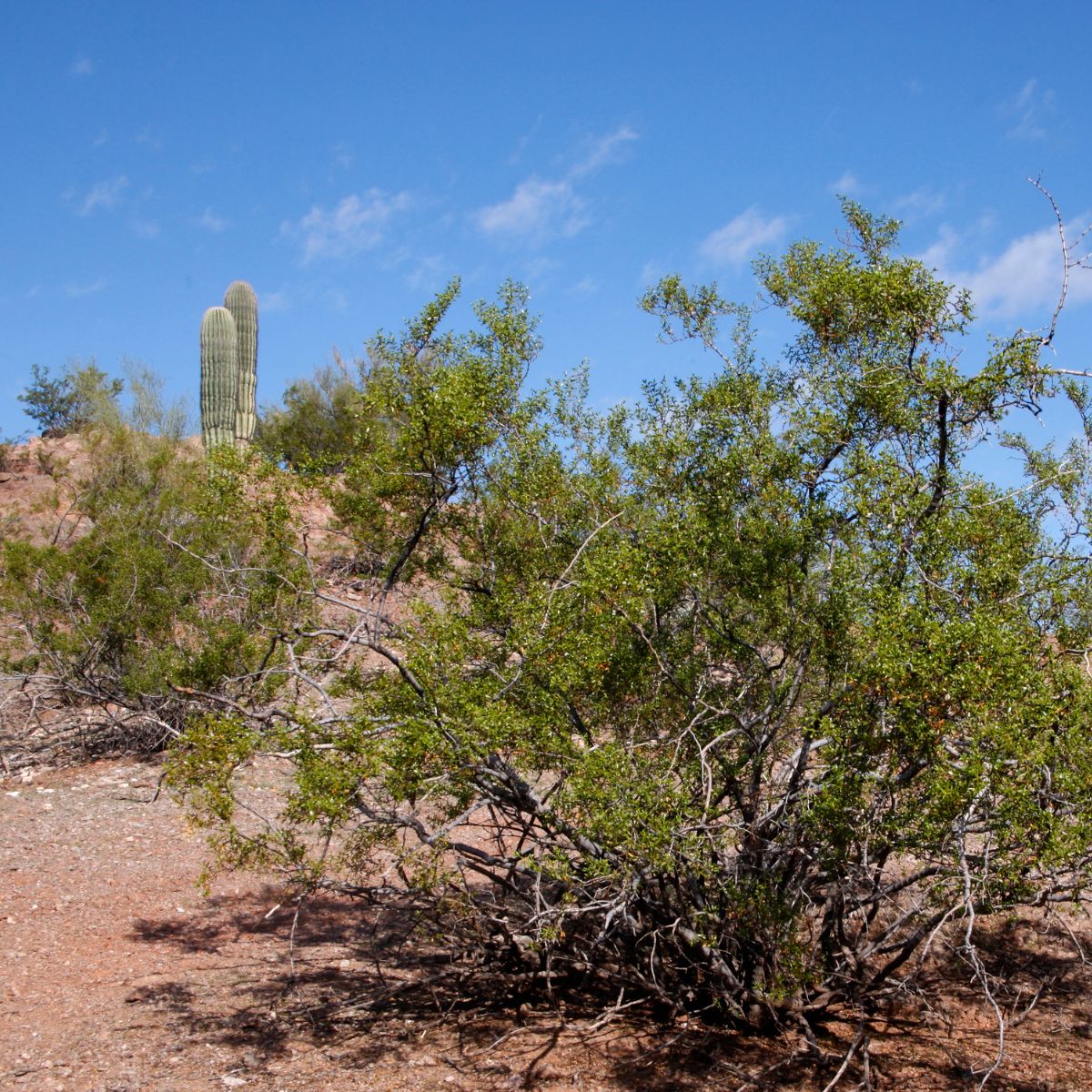
That’s the essence of the creosote bush. It gives off this aroma when wet. Somewhere nearby rain has begun. The wet creosote bush (Larrea tridentata) odors begin wafting into the air. You’ll smell this aroma even before the rain gets to you.
So people associate it with the smell of rain. It becomes a sort of a “predictor.”
This plant is very common in Southwestern deserts. An evergreen, with waxy leaves that give off this smell. Particularly strong in the air with rain. Many people love the smell – likely because of the reminder of rain?!
Monsoon Weather Precautions
If the weather is predicting Monsoon thunderstorms, plan some indoor activities.
At least don’t plan to be out in the wilderness! Be aware of problems you may encounter in monsoon weather. For instance, extraordinary wind gusts accompany a storm’s beginning, with possible Dust Storms. Lightning can be an early danger. And remember flash floods!
Monsoon Flash Floods
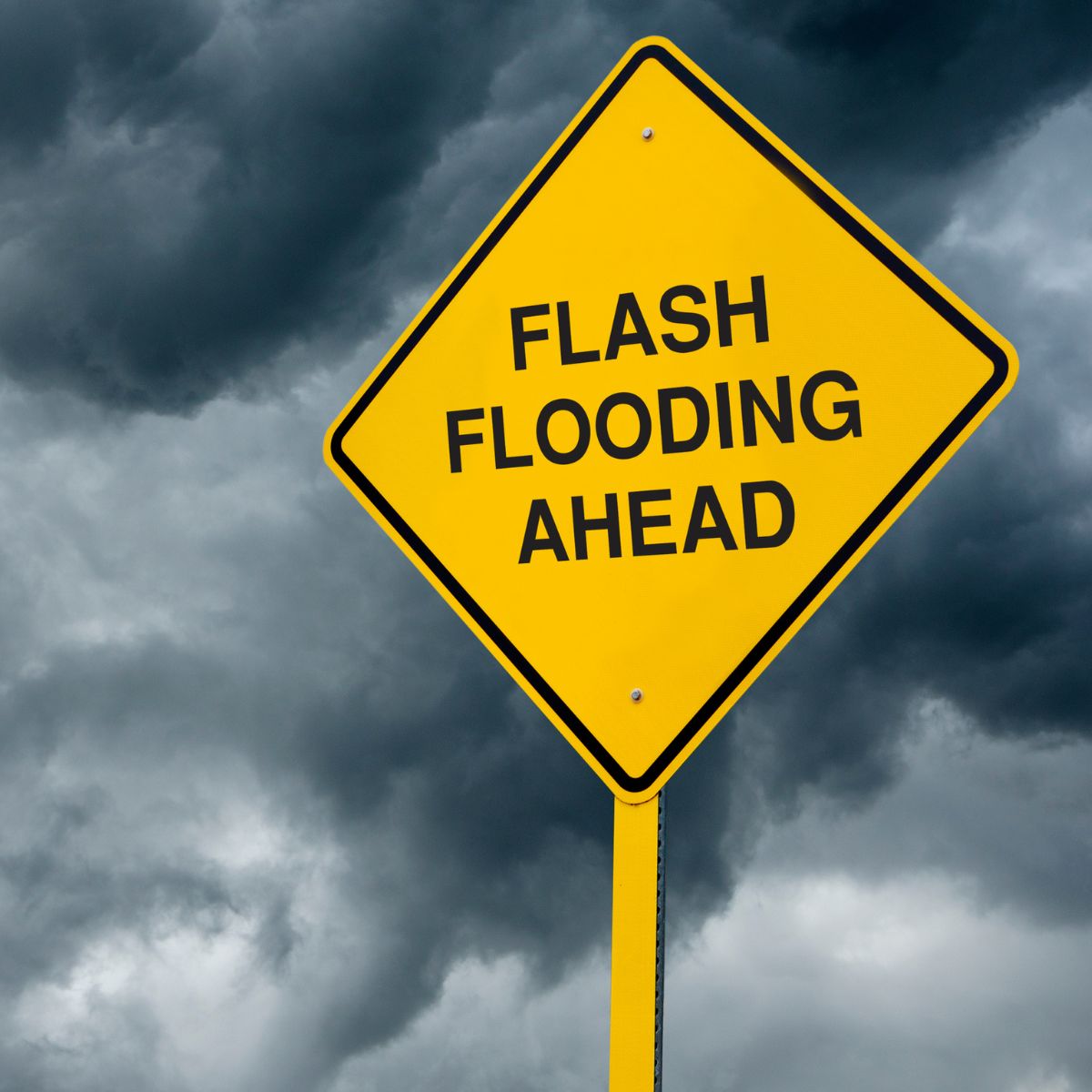
Be aware of Flash Flood possibilities. Don’t disregard Arizona weather. Just use your knowledge of it intelligently.
Please read on, for your safety!
Flash floods are a real danger. Don’t EVER go past barriers blocking washes crossing road-ways. Even a few feet of water can sweep cars away! People have drowned disregarding this rule! Don’t let that be you.
When hiking, be aware of weather reports. But if a storm looms, stay away from waterways and dry washes. They can fill unexpectedly in minutes, even from rainfall miles away. People have died. Here are some examples:
If nothing else, remember this law, known as Arizona’s “Stupid Motorist Law.” Officially named ARS 28-910, from 1995. To summarize:
- If you go past a public road barricade placed for temporary flooding/overflowing water, you’re obligated for emergency response expenses required for all vehicle passengers and/or vehicle removal
- Emergency response expenses are divided proportionately among providers
- You may be charged with reckless driving, violating Section 28-693
Arizona Monsoon Lightning
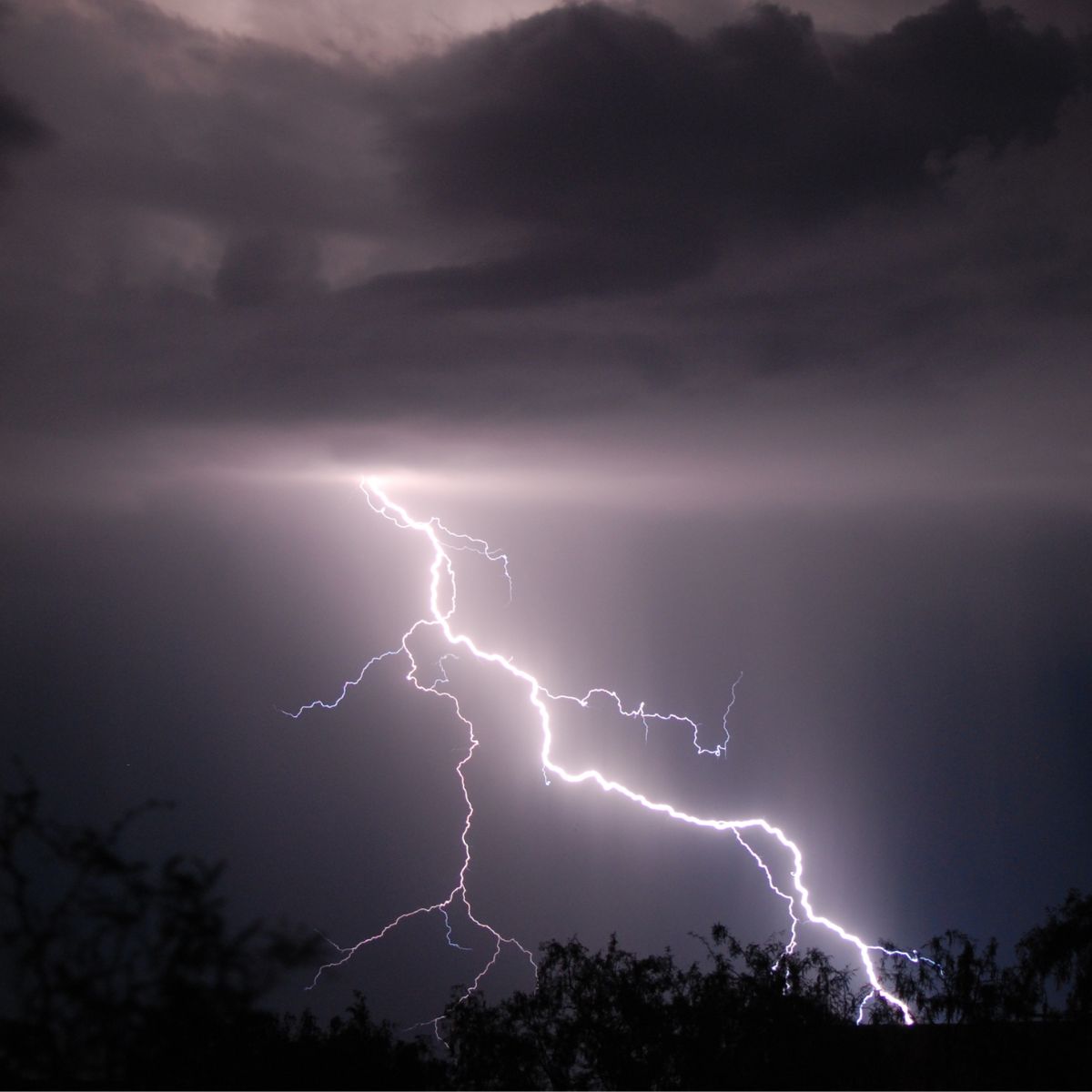
During Monsoon Thunderstorms lightning strikes come fast and furious. The National Severe Storms Laboratory (NSSL) talks about three basic types of lighting.8 These storms produce all three.
- The light show types are strikes that go through clouds, across the sky! Spiking out above you.
- Then there’s sheet-type lightning within clouds, that illuminates the whole cloud at once. That’s the majority of lightning strikes… five to ten times more than those hitting the ground according to the NSSL.
- The NSSL says a cloud-to-ground strike (CG) isn’t seen until the charge contacts the ground. It generates a return current to the cloud making it visible. It flickers as the charge “strokes” back to the cloud.8
Amazingly, that current seen is only a few inches wide! The brightness makes it look larger, and visible for miles. The cloud’s charge attracts the closest ground charge. Normally something tallest in the area.8 Like a tall tree, tall building, telephone pole, mountain top, etc.
Have you heard this lightning safety advice:
Don’t stand under a tree in a lightning storm.
In the Sonoran Desert, it often can be a saguaro cactus.
We used to live on an acre in Northwest Tucson, amidst many saguaro cacti. In a Monsoon thunderstorm one afternoon, I saw a strike hit the Saguaro in our front yard. About 30 yards from our front door! Kinda scary!
The National Weather Service has good advice for you on lightning safety. It’s good to know precautions ahead of time. View or download their Safety Sheet.
Arizona Dust Storm Precautions
Something seen in Phoenix is dust storms. Coming before a thunderstorm arrives. A huge bank of dust barrels across the city. Scary, eerie appearance. Recently, they’re using the Arabic word: haboob.6
Be prepared if one’s coming at you: Know These Safety Tips
The I-10 freeway from Willcox to Bowie and on to San Simon Arizona is another prime spot for dust storms. One Arizona analysis, from 2000 to 2011, showed July (during Arizona Monsoon Season) had the highest number of dust storm traffic events.
(April was 2nd highest with Spring Winds.)
Here’s a dramatic video of a Willcox area dust storm:
Are You Ready? Find Out!
Take The Dust Storm Readiness Quiz
Whatever the weather forecast tells you, it’s still a great day for activities. You just cannot go wrong with a trip to Arizona!
Plan a trip to the Colorado River areas, Arizona’s desert & mountain lakes. We especially think of the White Mountains, where there’s a wonderful variety of waterways, by the way. The weather can be cooperative when you understand the Arizona Climate and know how to manage it.
If the weather is forecasting thunderstorms. Enjoy the experience from a covered deck or patio. I know you will! It is an experience!
Here’s one way to enjoy an Arizona Monsoon Season Virtual Experience:
Arizona Monsoon Season 2018 – A Grand Finale
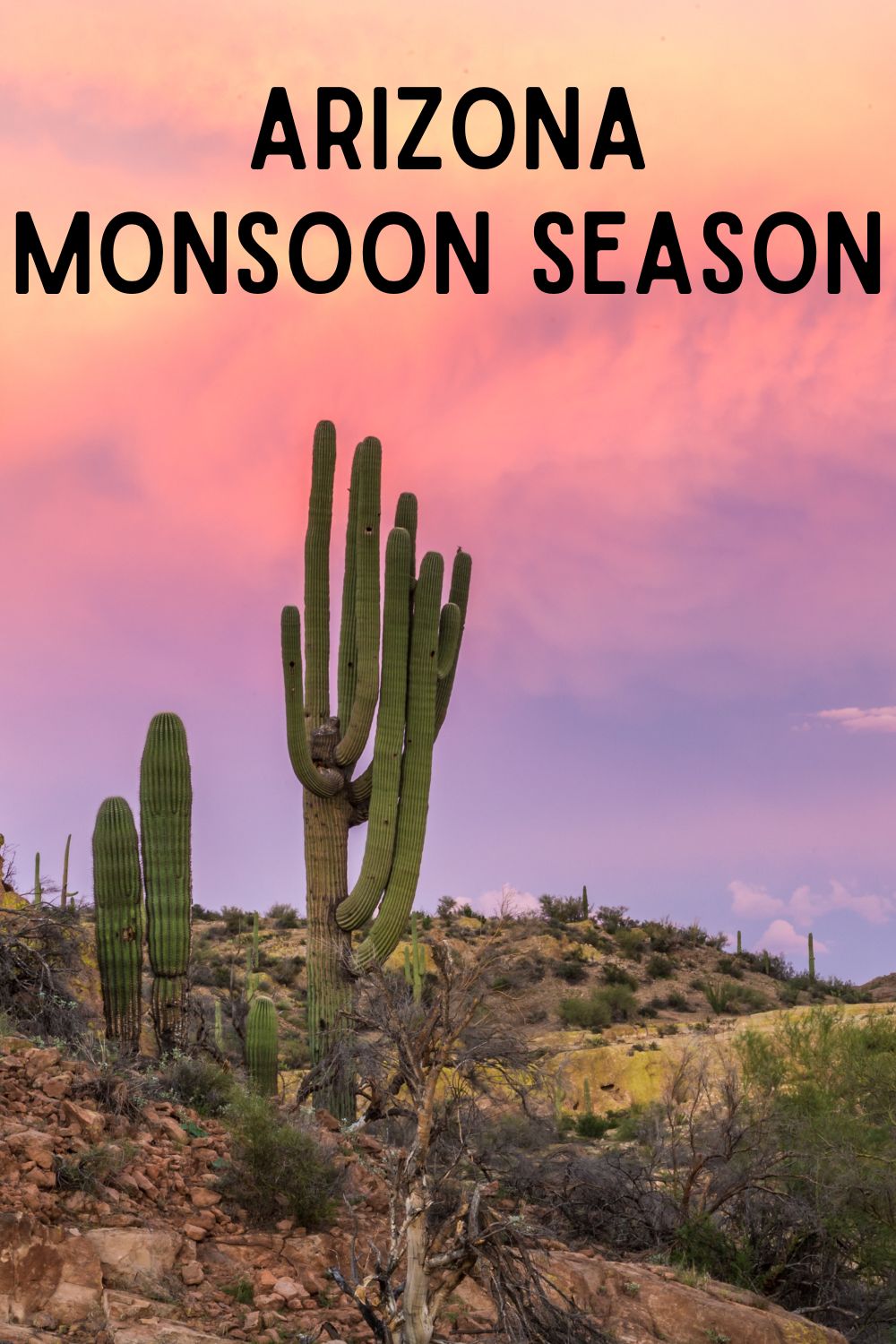
References
1 National Weather Service (n.d.). Dew point vs humidity. U.S. Dept. of Commerce, National Oceanic and Atmospheric Administration.
2 Ackerman, S.A. & Martin, J. (2013, July 22). What is a monsoon? The Weather Guys.
3 National Weather Service (n.d.). Northern Arizona Monsoon Season. U.S. Dept. of Commerce, National Oceanic and Atmospheric Administration.
4 Reed, K. (2020). North American Monsoon. Southwest Weather, Agua Fria Ranch Youngstown AZ 85363.
5 Demaria E.M.C., Hazenberg P., Scott R.L., Meles M.B., Nichols M., & Goodrich D. (16 May 2019). Intensification of the North American monsoon rainfall as observed from a long‐term high‐density gauge network. Geophysical Research Letters, Volume46, Issue12, 28 June 2019, pp. 6839-6847.
6 Teresa (2019, Aug. 30). A guide to Arizona’s monsoon season. Visit Chandler Arizona
7 National Weather Service (n.d.). Yearly Monsoon Statistics for Tucson. U.S. Dept. of Commerce, National Oceanic and Atmospheric Administration.
8 National Severe Storms Laboratory (n.d.) Severe weather 101: Lightning basics. U.S. Dept. of Commerce, National Oceanic & Atmospheric Administration.
9 Yu Media Group (2002-2021). Monthly weather forecast and climate Arizona, USA. The Climate of Arizona. Weather Atlas.

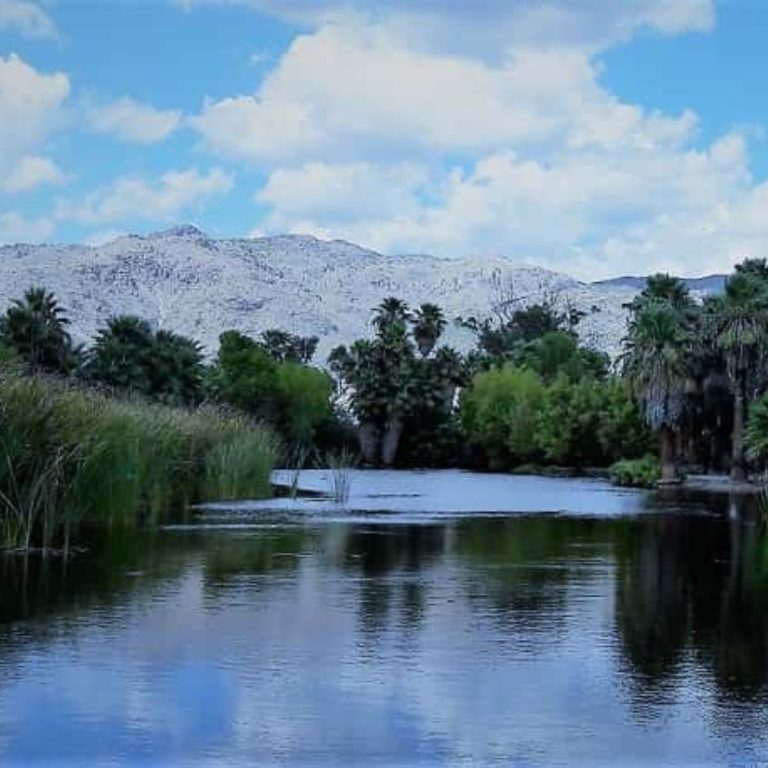
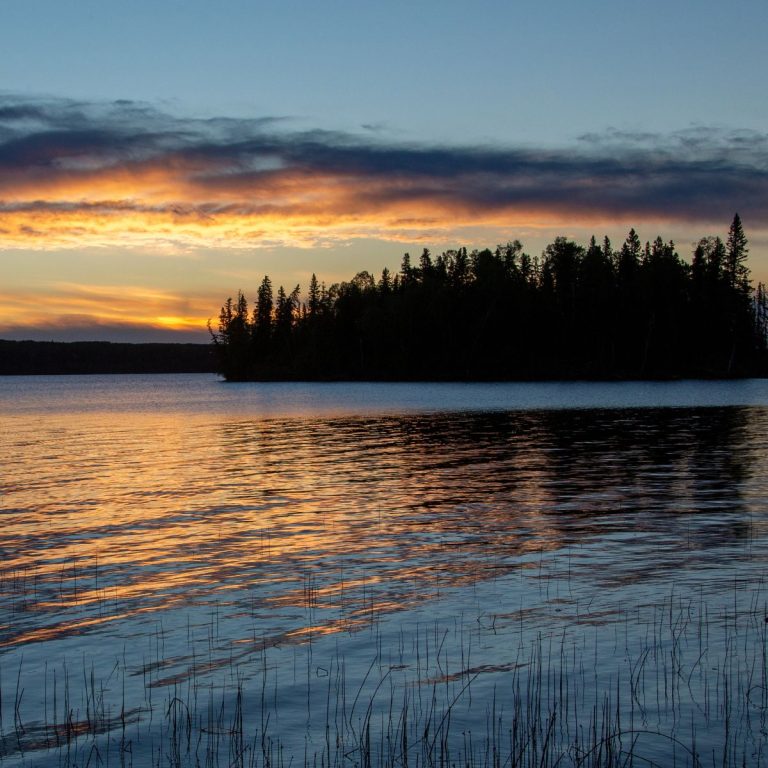
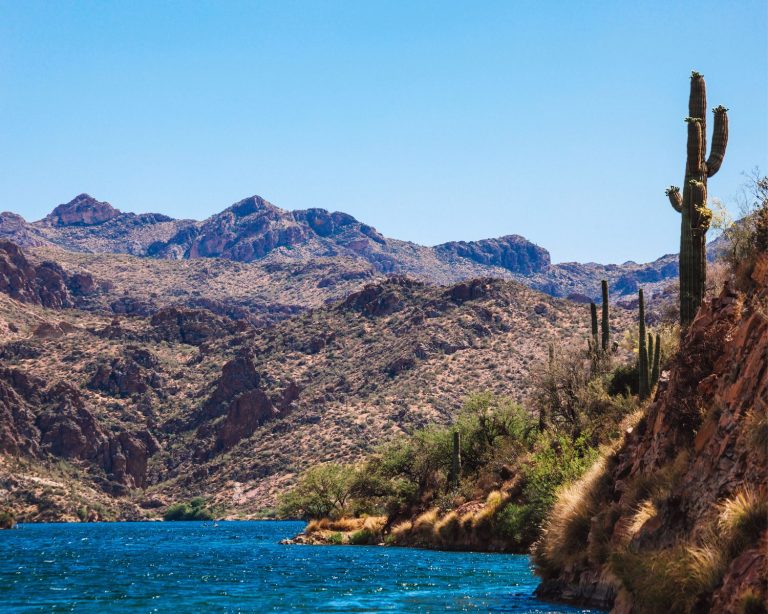
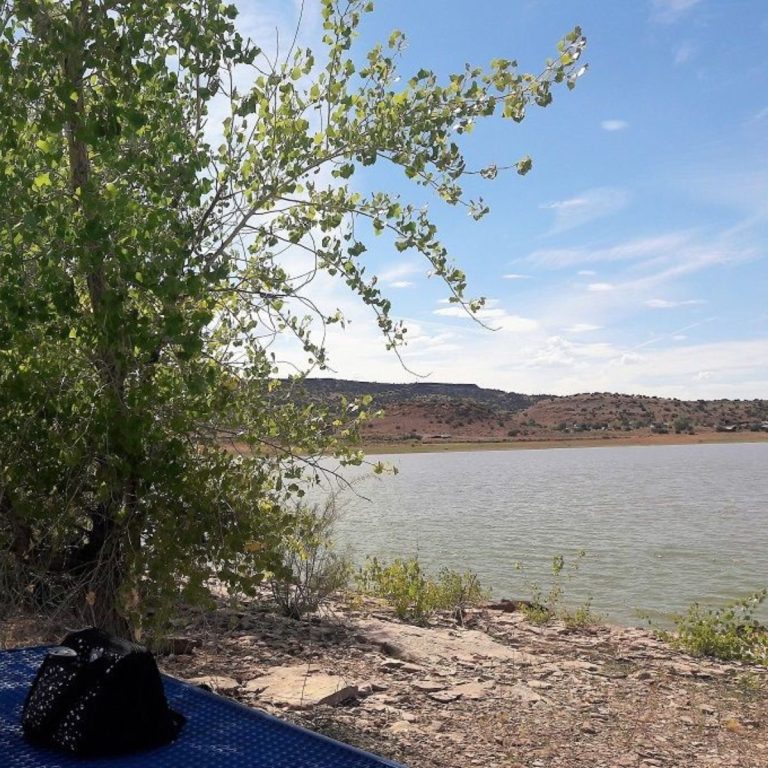
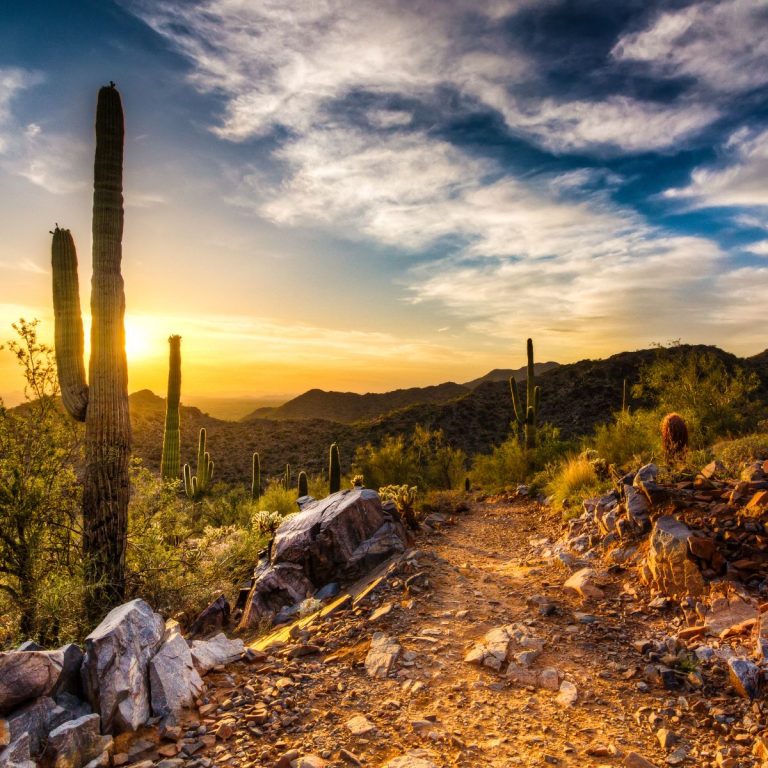
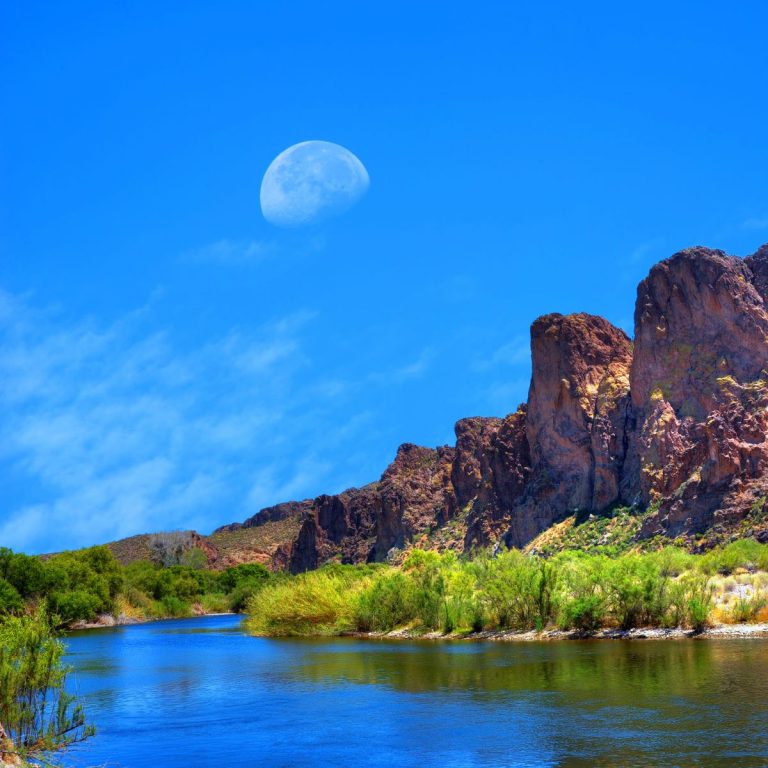
2 Comments
Comments are closed.